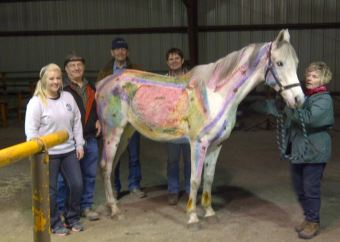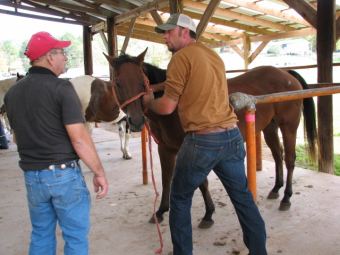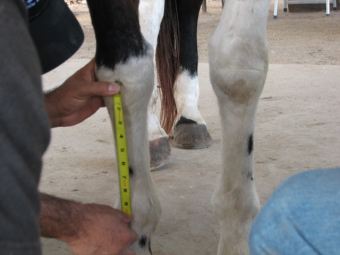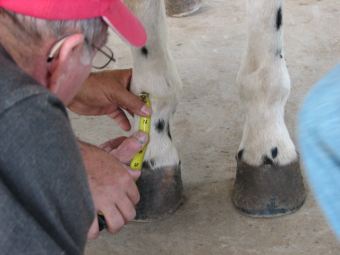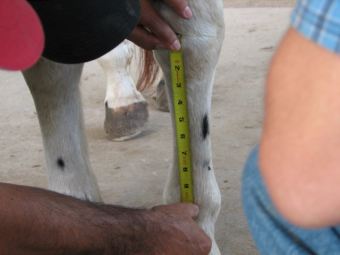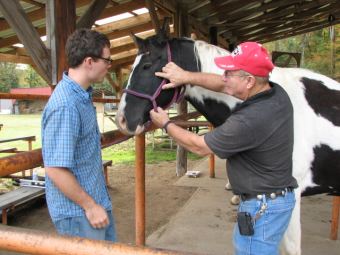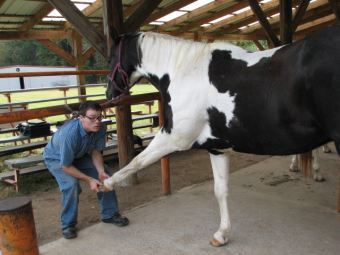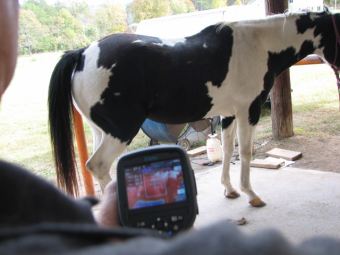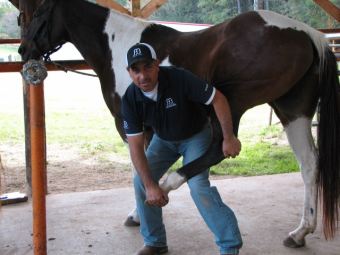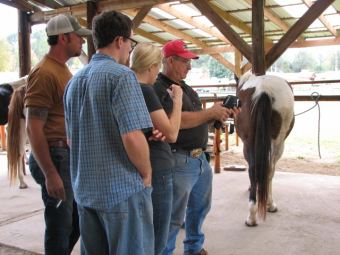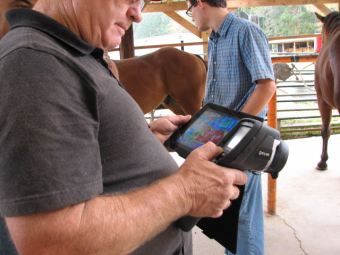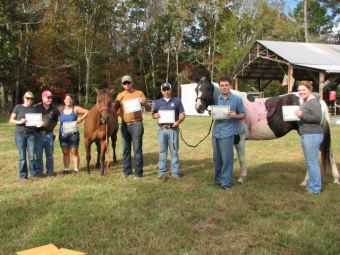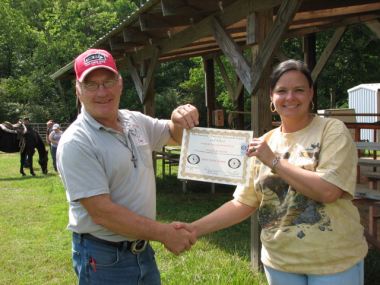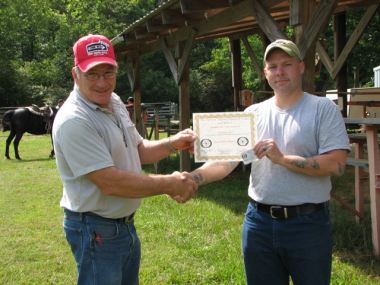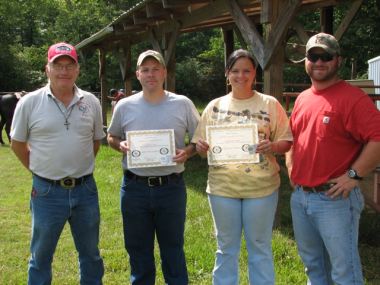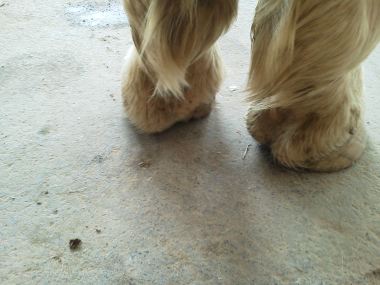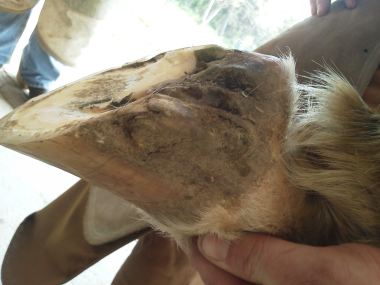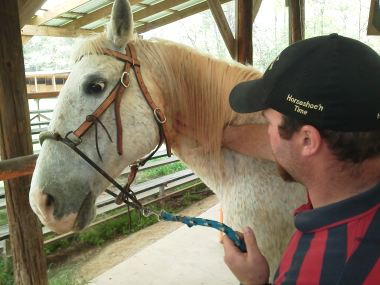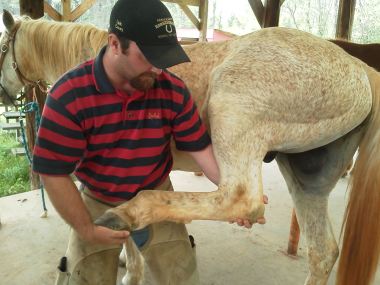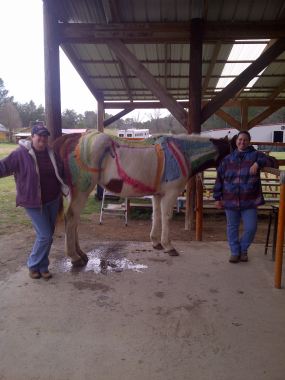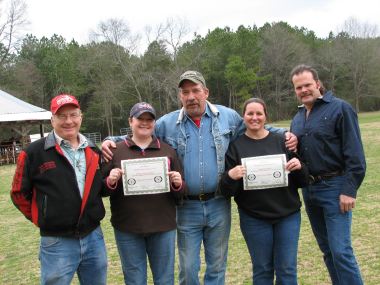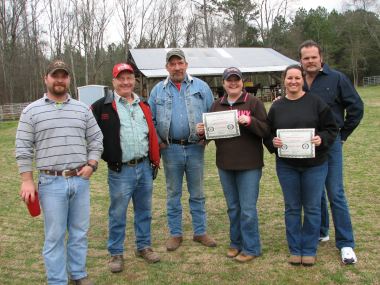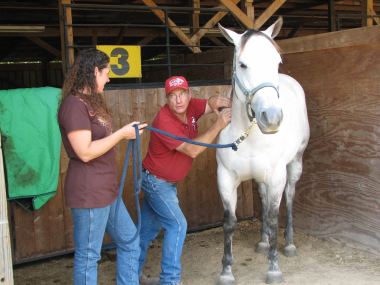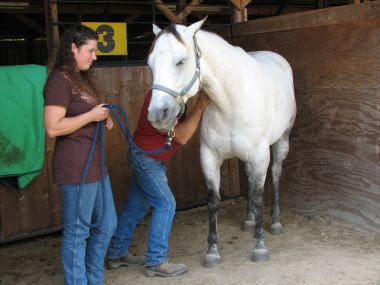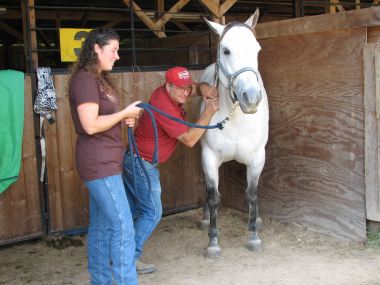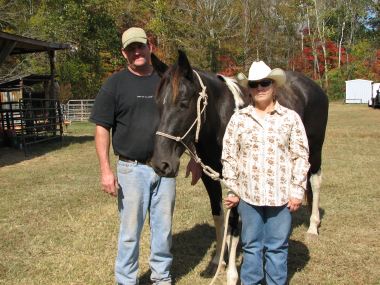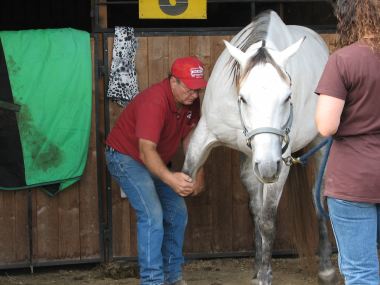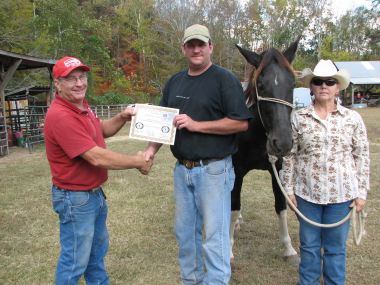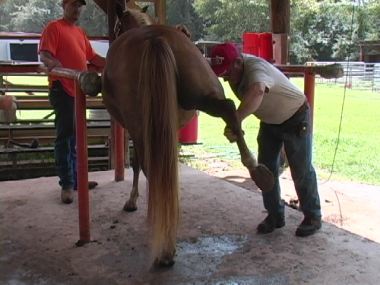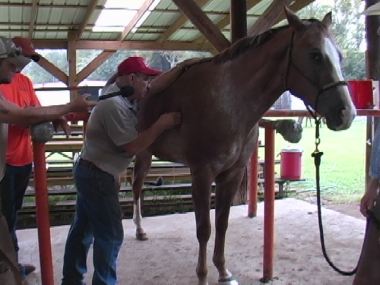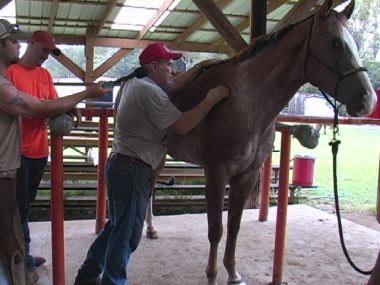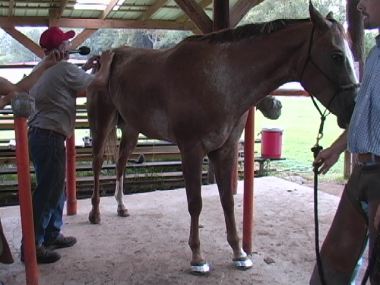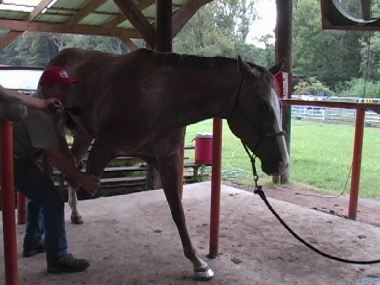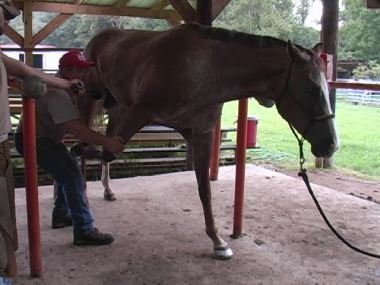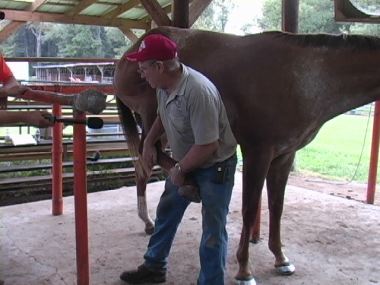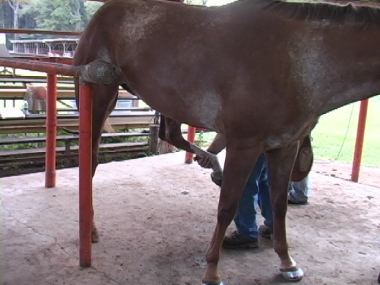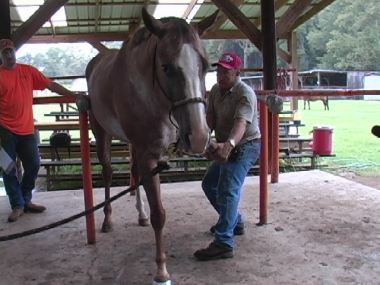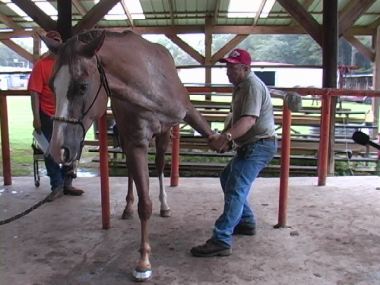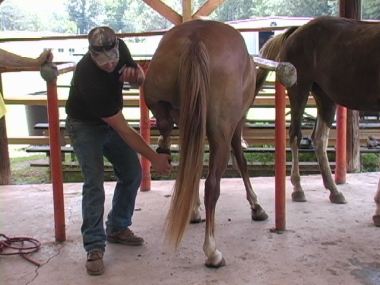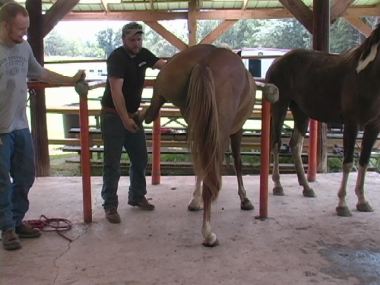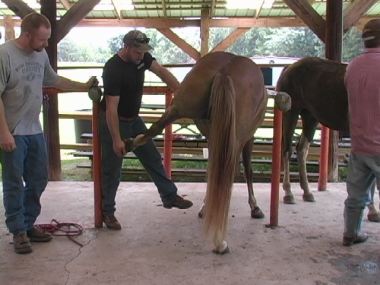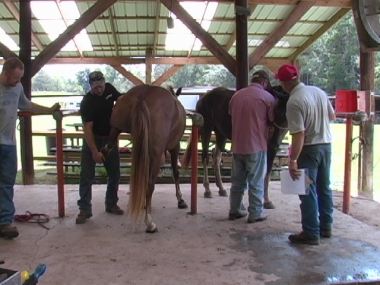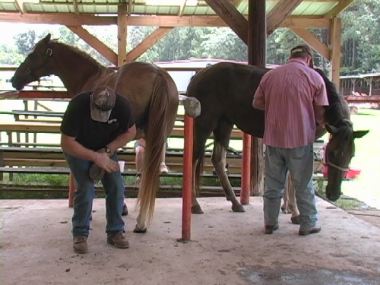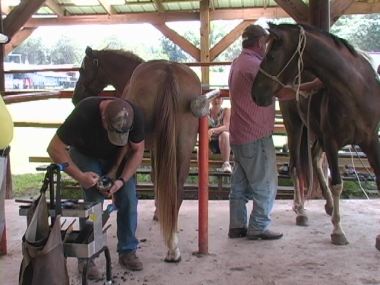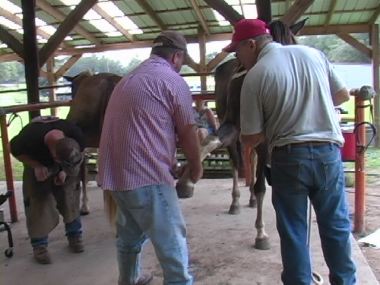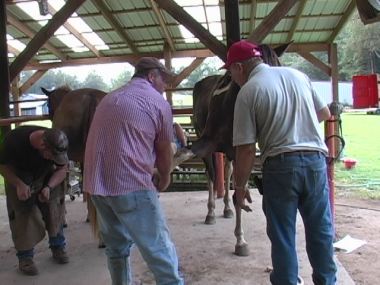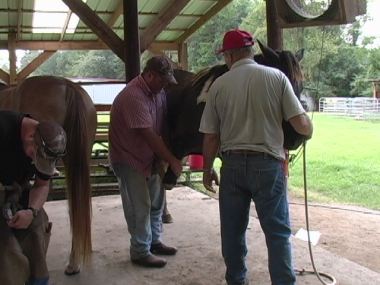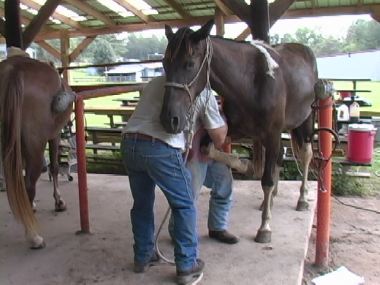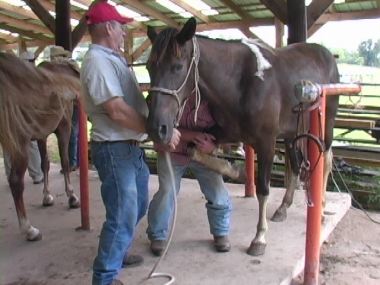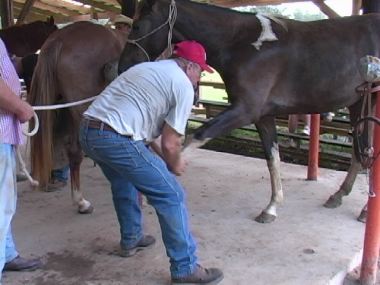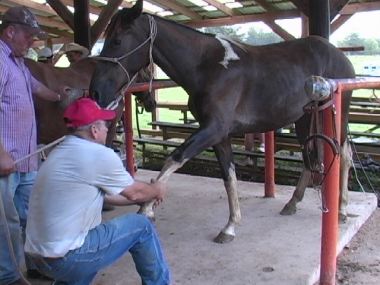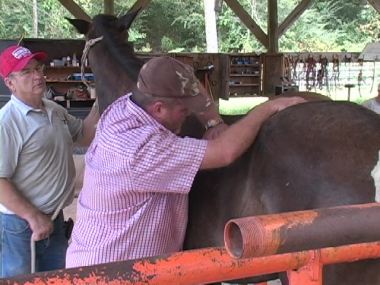KNOWING THE DIFFERENCE BETWEEN THRUSH AND CANKER: A MATTER OF LIFE OR DEATH.
From the Farriers' National Research Center & School. Dedicated to providing education on hoof care and shoeing for horse owners and continuing education for farriers……
The Swan Center Case - “Tennessee”:
“Tennessee,” a 14-year-old Appaloosa gelding is one of 40 horses residing at the Swan Center Monastery in Marble Hill, Georgia. Many of the monastery's horses come from rescue situations and require special handling and care. Some are too old and debilitated to ever be ridden again, but most fully recover their health. These horses are the foundation of the various riding programs which the monastery offers for children and adults, mentally and physically challenged individuals, and the elderly. Tennessee” has been a key player in these programs, and a favorite of the summer camp children. He has a humorous personality, a laid back nature, and can be trusted to go anywhere, and face anything in a calm, relaxed manner.
Tennessee has white hooves and he is prone to thrush, so we did not think it was unusual when this condition appeared one spring, after a particularly wet winter. All four feet were affected, and the rear hooves were much worse than the front. We treated it accordingly, using several different thrush remedies, each one stronger than the last. He did not respond to the usual treatments, so we contacted our Vet to see if anything else could be done. His recommendations did not correct the situation. Over a period of a year we contacted several vets and even called the University of Georgia, to see if anyone had any answers for us. In spite of all of our efforts, the frog became extremely soft and spongy and bled easily. The infection went so deep that the hoof wall started to break down. It became progressively worse until almost a third of his hoof was gone. None of the professionals we contacted could come up with any solution other than putting the horse down.
I, along with other monastery residents, met to discuss Tennessee's condition, and to brainstorm about possibilities we had not yet considered. We had had so much experience with bringing horses back from the brink of death. We could not accept that there was nothing that could be done to save such a wonderful soul as Tennessee.
The Headmaster suggested that we call Ralph Casey. She reminded us of what a wonderful resource he had been in the past - knowledgeable of horse shoeing information no one else seemed to have. I had met Ralph many years ago when I went to his horse shoeing school so I could learn to take care of our horses personally. I remembered how much I had enjoyed and appreciated those classes. They enabled me to keep our horses feet healthy and saved us countless dollars, allowing us to do our own shoeing.
I called Ralph and described Tennessee's condition. It took Ralph about a minute to sum up the situation. He said, "He's got canker…….this is what you need to do." Needless to say I was elated to find someone who actually knew what we were dealing with and how to treat it. We brought Tennessee to the Farriers' National Research Center. Ralph evaluated Tennessee and suggested that we focus on getting the back hooves sound first, as they were the most life threatening at the time. He proceeded to cut out all the dead frog and sole. The hooves bled profusely, but Ralph was unconcerned. He gave us the program of treatment, described below, minus a few special topical solutions that Ralph said only specialist should use. Our stable manager, Suzanne Jones, followed this program to the letter.
- RUN THE HORSE IN THE ROUND PEN WITH A SAND BASE, TWICE A DAY (STARTING wITH 15 MINUTES EACH SESSION AND INCREASING A FEW MINUTES EACH DAY UNTIL REACHING 30 MINUTES EACH SESSION)
- AFTER EACH SESSION MAKE SURE TO CLEAN OUT ALL THE DIRT IN THE HOOF WITH A GARDEN HOSE FITTED WITH A NOZZLE SO YOU HAVE SOME PRESSURE.
- AFTER THE HOOVES ARE CLEAN, PLACE A 4X4 GAUZE PAD COATED WITH NITROFURAZONE AND CRUSHED SMZ TABLETS (2 PER HOOF) DIRECTLY ON THE AFFECTED AREA. WRAP WITH MORE GAUZE AND VET WRAP TO KEEP THE CRUSHED TABLETS IN CONTACT WITH THE HOOF.
- GIVE 10 SULFAMETHAZONE ORALLY 1 TIME PER DAY. THIS CAN BE CRUSHED UP IN THEIR FEED, OR CRUSHED AND MIXED WITH WATER IN A SYRINGE TO PLACE DOWN THE THROAT LIKE USING A PASTE WORMER.
- KEEP THE FEET COMPLETELY DRY FOR THE DURATION OF THE TREATMENT.
- AFTER 90 DAYS OF CONTINUED TREATMENT, KEEP FEET CLEAN AND PICKED AND TREAT WITH THRUSH TREATMENT LIKE HOOF-SAVER
The results seemed miraculous. We saw immediate improvement and within six months, the rear hooves were back to normal, and we were able to begin treatment on the front hooves. Tennessee was soon back in action, entertaining the kids with his mischievous antics, and providing them with hours of riding pleasure. What could have been a tragic ending to the life of a much-loved horse, turned into a tremendous learning experience for everyone. We have Ralph Casey and the Farriers’ National Research Center to thank for keeping Tennessee with us. We deeply appreciate Ralph and the Research Center for the contribution made to farrier research and equine education.
The right hind hoof showing the bulge at the heels and the severe deformity of the hoof described as canker.
The right hind hoof with o visible signs of canker remaining. This was taken prior to trimming to show the amount of good solid, healthy foot growth.
This is the left hind hoof, side view with canker.
The left hind hoof with the same successful results, before trimming
Examining the front hooves, we found the canker to be in the beginning stages so we immediately cut away what we could and put the horse on the same daily routine for another three months. Notice what a small area on the front hoof is diseased and since we caught it in time it will not develop into the ugly mess as in Photo #1.
THIS IS SOMETIMES THOUGHT OF AS "JUST THRUSH" BUT A CERTIFIED FARRIER SHOULD KNOW THE DIFFERENCE. IF YOU ARE CONCERNED ABOUT A HORSE HAVING REOCCURRING THRUSH THEN WE CAN ONLY ADVISE YOU TO BRING IT TO THE RESEARCH CENTER FOR A FREE EVALUATION AND ADVICE. WE CAN GUARANTEE AN IMPROVEMENT.
Since the first photo of this canker appeared in articles, we were flooded by requests for additional information on the treatments. Most horse owners are willing to work with their farriers but nearly all of them want to object to exercising the horse in the deep sand based round pen for the recommended time. The horse is sore and they think it is cruel. The horse may limp or give a little, but as time goes on, they will almost look forward to it because it begins to feel good. The sand helps to grind out the canker and is vital in the complete removal of this disease. I formulated this procedure to help relieve the weekly cutting away of the growth, which was good for the horse and me and less expensive the owner. I have always emphasized that owners should fully understand the importance of maintaining the lower limb and hoof area and to work with their farriers. I also promote continuing education and certification for all working farriers. In this particular case, this horse would not be sound or even alive today without the daily dedication shown Suzanne, the stable manager.





